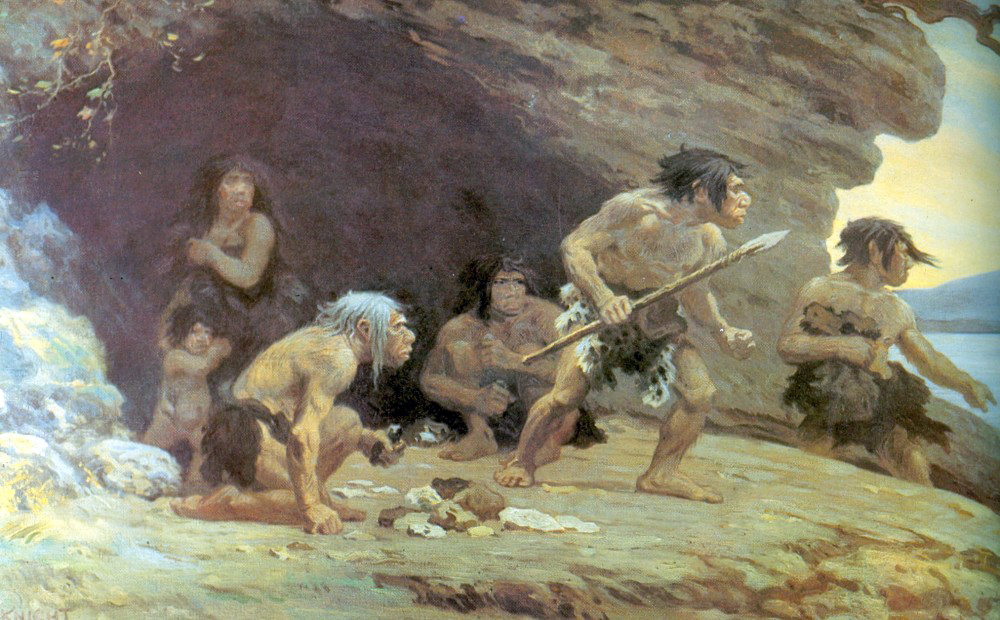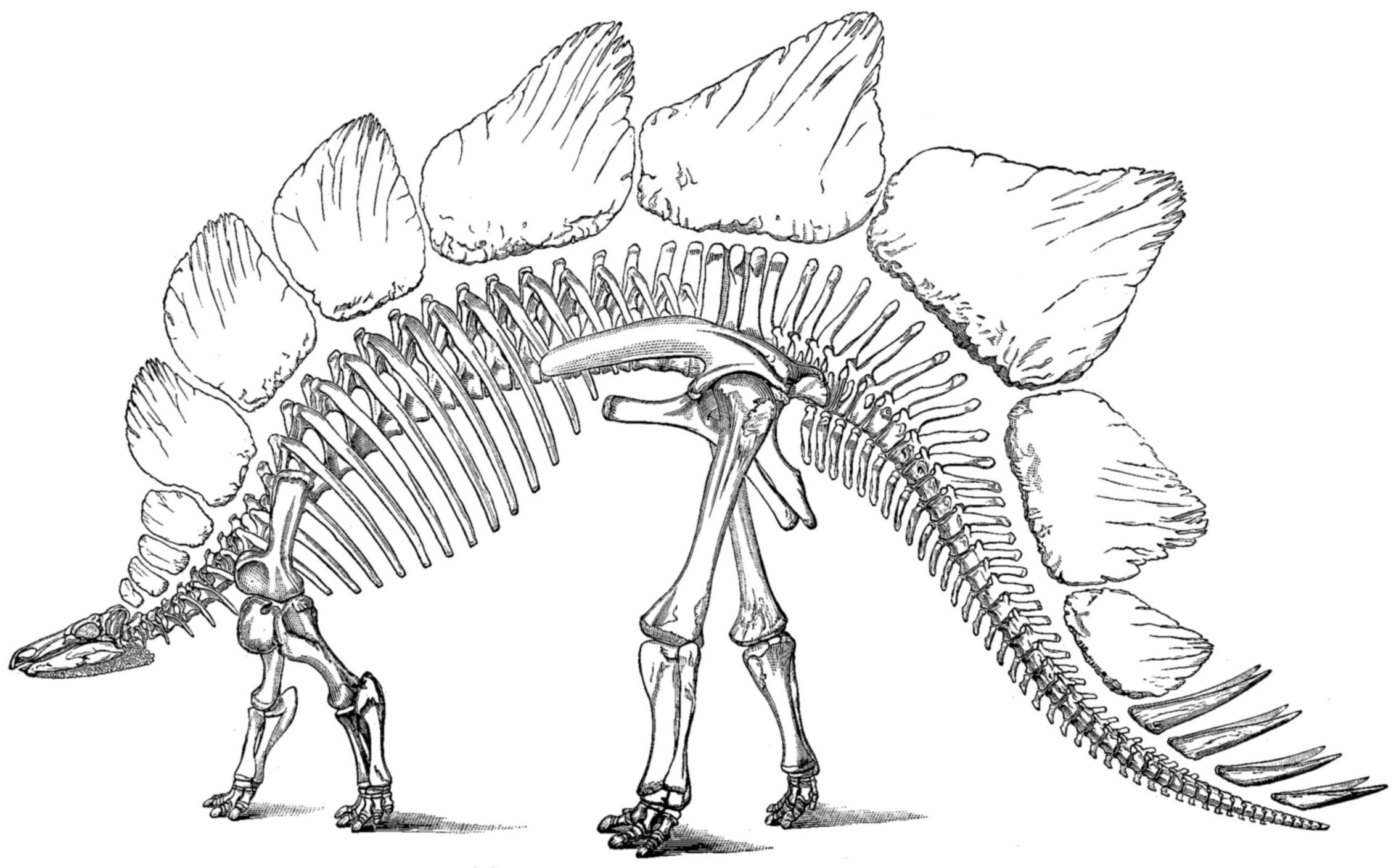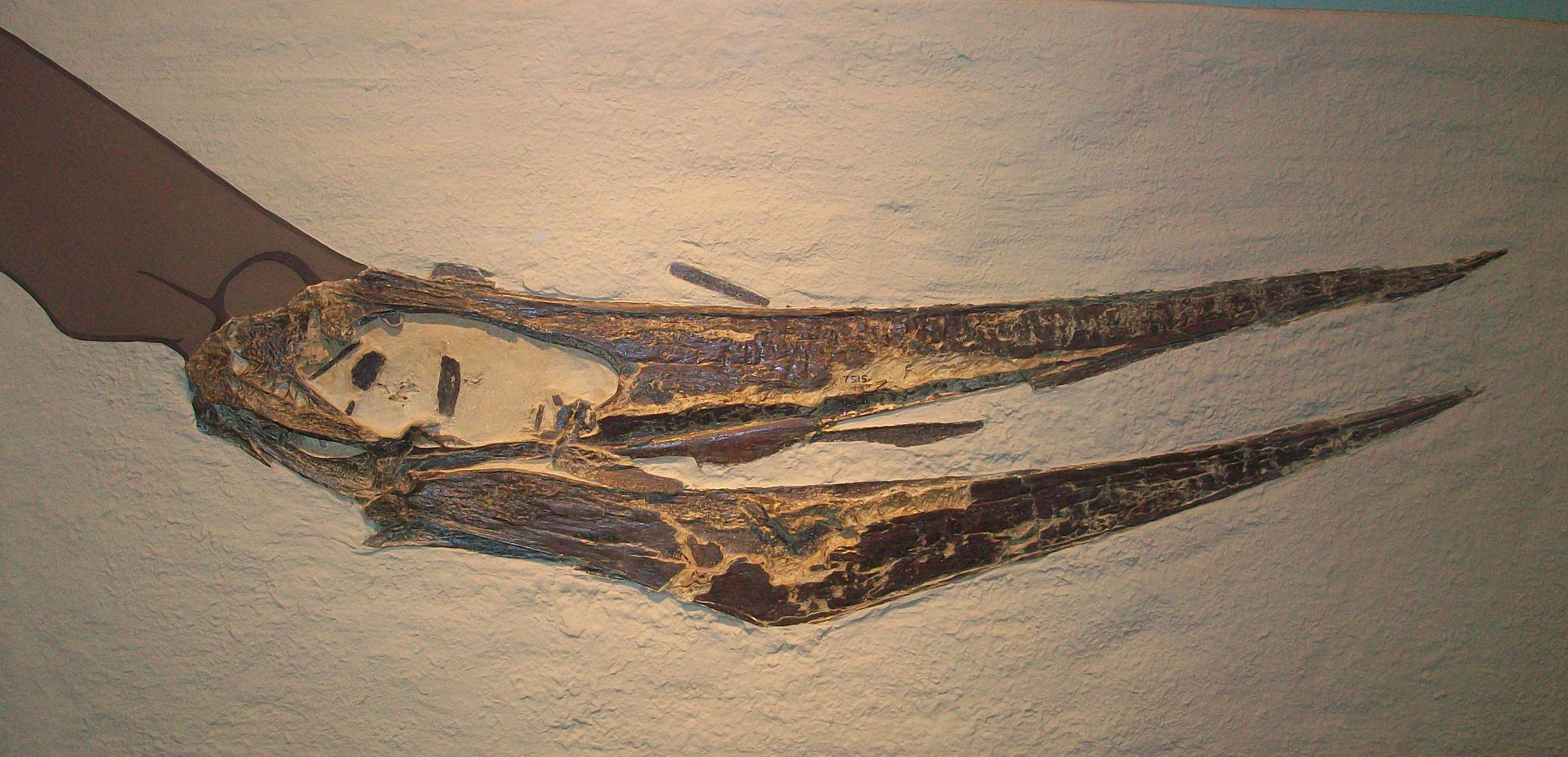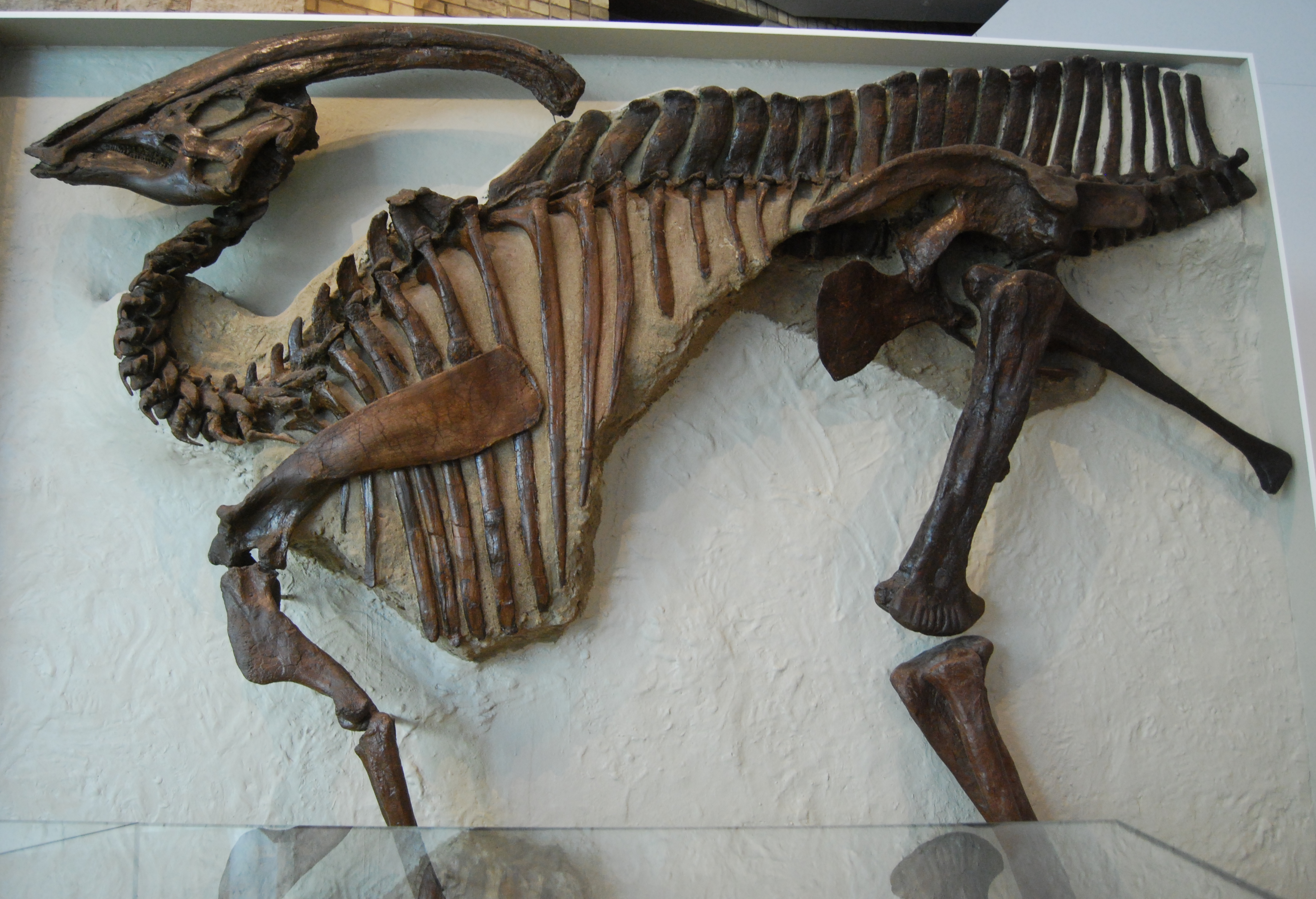|
Pre-Hysterical Hare
''Pre-Hysterical Hare'' is a 1958 Warner Bros. '' Looney Tunes'' cartoon directed by Robert McKimson and written by Tedd Pierce. The short was released on November 1, 1958, and stars Bugs Bunny and Elmer Fudd. The two are in their usual hunter-and-bunny antics, but set in the Stone Age. This cartoon marks one of the few instances where Elmer Fudd is voiced by somebody other than Mel Blanc or Arthur Q. Bryan, being voiced by Dave Barry. Plot The opening scene depicts Bugs and Elmer in the modern day, with Elmer's gun blasting at Bugs repeatedly. Bugs finally pauses long enough to tell the audience: "Someday, they'll outlaw this annual madness known as Rabbit Season." He hops over a stone dike, but either the ground on the other side is not firm enough to support him, or he lands with too much force. Bugs assumes that he has fallen into a cave possibly belonging to giant Native Americans. This assumption comes from a giant powder horn on the wall with odd writing on it (th ... [...More Info...] [...Related Items...] OR: [Wikipedia] [Google] [Baidu] |
Robert McKimson
Robert Porter McKimson Sr. (October 13, 1910 – September 29, 1977) was an American animator and illustrator, best known for his work on the ''Looney Tunes'' and '' Merrie Melodies'' series of cartoons from Warner Bros. Cartoons and later DePatie–Freleng Enterprises. He wrote and directed many animated cartoon shorts starring Bugs Bunny, Daffy Duck, Porky Pig, Foghorn Leghorn, Hippety Hopper, and The Tasmanian Devil, among other characters. He was also well known for defining Bugs Bunny's look in the 1943 short ''Tortoise Wins by a Hare''. Career Born in Denver, Colorado, McKimson spent ten years gaining an art education at the Lukits School of Art. The McKimson family moved to California in 1926 and he then worked for Walt Disney as an assistant animator to Dick Lundy, stayed with Disney's studio for a year and then joined the Romer Grey Studio located in Altadena, California, in 1930, a would-be animation shop started by the son of Western author Zane Grey, and ... [...More Info...] [...Related Items...] OR: [Wikipedia] [Google] [Baidu] |
Powder Horn
A powder horn is a container for gunpowder, and was generally created from cow, ox or buffalo horn (anatomy), horn. The term may also be used for any personal container for gunpowder, although powder flask is the strictly correct term. Features Typically there was a stopper at both ends, in later examples spring-loaded to close automatically for safety. The wide mouth was used for refilling, while the powder was dispensed from the narrow point. In some cases the point was closed and the mouth used for both, with a powder measure, a type of scoop used to dispense the powder, and in others both ends were open and the horn merely used as a funnel. The horn was typically held by a long strap and slung over the shoulder.Garry, 192 The inside and outside of a powder horn were often polished to make the horn translucent so that the soldier would be able to see how much powder he had left. The use of animal horn along with nonferrous metal parts ensured that the powder would not be d ... [...More Info...] [...Related Items...] OR: [Wikipedia] [Google] [Baidu] |
Taro
Taro () (''Colocasia esculenta)'' is a root vegetable. It is the most widely cultivated species of several plants in the family Araceae that are used as vegetables for their corms, leaves, and petioles. Taro corms are a food staple in African, Oceanic, and South Asian cultures (similar to yams). Taro is believed to be one of the earliest cultivated plants. Names and etymology The English term '' taro'' was borrowed from the Māori language when Captain Cook first observed ''Colocasia'' plantations there in 1769. The form ''taro'' or ''talo'' is widespread among Polynesian languages:*''talo'': taro (''Colocasia esculenta'') – entry in the ''Polynesian Lexicon Project Online'' (Pollex). in Tahitian; ... [...More Info...] [...Related Items...] OR: [Wikipedia] [Google] [Baidu] |
Matchlock
A matchlock or firelock is a historical type of firearm wherein the gunpowder is ignited by a burning piece of rope that is touched to the gunpowder by a mechanism that the musketeer activates by pulling a lever or trigger with his finger. Before the invention of the matchlock mechanism, the musketeer or an assistant had to apply the match directly to gunpowder by hand, much like a cannon. The matchlock mechanism allowed the musketeer to apply the match himself without losing his concentration. Description The classic matchlock gun held a burning slow match in a clamp at the end of a small curved lever known as the ''serpentine''. Upon the pull of a lever (or in later models a trigger) protruding from the bottom of the gun and connected to the serpentine, the clamp dropped down, lowering the smoldering match into the flash pan and igniting the priming powder. The flash from the primer traveled through the touch hole, igniting the main charge of propellant in the gun barrel. ... [...More Info...] [...Related Items...] OR: [Wikipedia] [Google] [Baidu] |
Lasso
A lasso ( or ), also called lariat, riata, or reata (all from Castilian, la reata 're-tied rope'), is a loop of rope designed as a restraint to be thrown around a target and tightened when pulled. It is a well-known tool of the Spanish and Mexican cowboy, then adopted by the cowboys of the United States. The word is also a verb; ''to lasso'' is to throw the loop of rope around something. Overview A lasso is made from stiff rope so that the noose stays open when the lasso is thrown. It also allows the cowboy to easily open up the noose from horseback to release the cattle because the rope is stiff enough to be pushed a little. A high quality lasso is weighted for better handling. The lariat has a small reinforced loop at one end, called a ''honda'' or ''hondo'', through which the rope passes to form a loop. The ''honda'' can be formed by a honda knot (or another loop knot), an eye splice, a seizing, rawhide, or a metal ring. The other end is sometimes tied simply in a ... [...More Info...] [...Related Items...] OR: [Wikipedia] [Google] [Baidu] |
Caveman
The caveman is a stock character representative of primitive humans in the Paleolithic. The popularization of the type dates to the early 20th century, when Neanderthals were influentially described as "simian" or " ape-like" by Marcellin Boule and Arthur Keith. The term "caveman" has its taxonomic equivalent in the now-obsolete binomial classification of ''Homo troglodytes'' (Linnaeus, 1758). Characteristics Cavemen are typically portrayed as wearing shaggy animal hides, and capable of cave painting like behaviorally modern humans of the last glacial period. They are often shown armed with rocks, cattle bone clubs, spears, or sticks with rocks tied to them, and are portrayed as unintelligent, easily frightened, and aggressive. Popular culture also frequently represents cavemen as living with, or alongside, dinosaurs, even though non-avian dinosaurs became extinct at the end of the Cretaceous period, 66 million years before the emergence of the ''Homo sapiens'' speci ... [...More Info...] [...Related Items...] OR: [Wikipedia] [Google] [Baidu] |
Allosaurus
''Allosaurus'' () is a genus of large carnosaurian theropod dinosaur that lived 155 to 145 million years ago during the Late Jurassic epoch ( Kimmeridgian to late Tithonian). The name "''Allosaurus''" means "different lizard" alluding to its unique (at the time of its discovery) concave vertebrae. It is derived from the Greek (') ("different, other") and (') ("lizard / generic reptile"). The first fossil remains that could definitively be ascribed to this genus were described in 1877 by paleontologist Othniel Charles Marsh. As one of the first well-known theropod dinosaurs, it has long attracted attention outside of paleontological circles. ''Allosaurus'' was a large bipedal predator. Its skull was light, robust and equipped with dozens of sharp, serrated teeth. It averaged in length for ''A. fragilis'', with the largest specimens estimated as being long. Relative to the large and powerful hindlimbs, its three-fingered forelimbs were small, and the body was ... [...More Info...] [...Related Items...] OR: [Wikipedia] [Google] [Baidu] |
Stegosaurus
''Stegosaurus'' (; ) is a genus of herbivorous, four-legged, armored dinosaur from the Late Jurassic, characterized by the distinctive kite-shaped upright plates along their backs and spikes on their tails. Fossils of the genus have been found in the western United States and in Portugal, where they are found in Kimmeridgian- to early Tithonian-aged strata, dating to between 155 and 145 million years ago. Of the species that have been classified in the upper Morrison Formation of the western US, only three are universally recognized: ''S. stenops'', ''S. ungulatus'' and ''S. sulcatus''. The remains of over 80 individual animals of this genus have been found. ''Stegosaurus'' would have lived alongside dinosaurs such as ''Apatosaurus'', ''Diplodocus'', ''Brachiosaurus'', '' Ceratosaurus'', and ''Allosaurus''; the latter two may have preyed on it. They were large, heavily built, herbivorous quadrupeds with rounded backs, short fore limbs, long hind limbs, and tails held h ... [...More Info...] [...Related Items...] OR: [Wikipedia] [Google] [Baidu] |
Pteranodon
''Pteranodon'' (); from Ancient Greek (''pteron'', "wing") and (''anodon'', "toothless") is a genus of pterosaur that included some of the largest known flying reptiles, with ''P. longiceps'' having a wingspan of . They lived during the late Cretaceous geological period of North America in present-day Kansas, Nebraska, Wyoming, South Dakota and Alabama. More fossil specimens of ''Pteranodon'' have been found than any other pterosaur, with about 1,200 specimens known to science, many of them well preserved with nearly complete skulls and articulated skeletons. It was an important part of the animal community in the Western Interior Seaway. ''Pteranodon'' was not a dinosaur. By definition, all dinosaurs belong to the group Dinosauria; ''Pteranodon'' belongs to the group Pterosauria. Nonetheless, ''Pteranodon'' is the most famous pterosaur, frequently featured in dinosaur media and strongly associated with dinosaurs by the general public. While not dinosaurs, pterosaurs such as ... [...More Info...] [...Related Items...] OR: [Wikipedia] [Google] [Baidu] |
Smilodon
''Smilodon'' is a genus of the extinct machairodont subfamily of the felids. It is one of the most famous prehistoric mammals and the best known saber-toothed cat. Although commonly known as the saber-toothed tiger, it was not closely related to the tiger or other modern cats. ''Smilodon'' lived in the Americas during the Pleistocene epoch (2.5 mya – 10,000 years ago). The genus was named in 1842 based on fossils from Brazil; the generic name means "scalpel" or "two-edged knife" combined with "tooth". Three species are recognized today: ''S. gracilis'', ''S. fatalis'', and ''S. populator''. The two latter species were probably descended from ''S. gracilis'', which itself probably evolved from '' Megantereon''. The hundreds of individuals obtained from the La Brea Tar Pits in Los Angeles constitute the largest collection of ''Smilodon'' fossils. Overall, ''Smilodon'' was more robustly built than any extant cat, with particularly well-developed forelimb ... [...More Info...] [...Related Items...] OR: [Wikipedia] [Google] [Baidu] |
Parasaurolophus
''Parasaurolophus'' (; meaning "near crested lizard" in reference to ''Saurolophus)'' is a genus of herbivorous hadrosaurid ornithopod dinosaur that lived in what is now North America and possibly Asia during the Late Cretaceous Period, about 76.5–73 million years ago. It was a herbivore that walked both as a biped and as a quadruped. Three species are universally recognized: ''P. walkeri'' (the type species), ''P. tubicen'', and the short-crested ''P. cyrtocristatus''. Additionally, a fourth species, ''P. jiayinensis'', has been proposed, although it is more commonly placed in the separate genus ''Charonosaurus''. Remains are known from Alberta (Canada), New Mexico and Utah (United States), and possibly Heilongjiang (China). The genus was first described in 1922 by William Parks from a skull and partial skeleton found in Alberta. ''Parasaurolophus'' was a hadrosaurid, part of a diverse family of Cretaceous dinosaurs known for their range of bizarre head adornments ... [...More Info...] [...Related Items...] OR: [Wikipedia] [Google] [Baidu] |
Mammoth
A mammoth is any species of the extinct elephantid genus ''Mammuthus'', one of the many genera that make up the order of trunked mammals called proboscideans. The various species of mammoth were commonly equipped with long, curved tusks and, in northern species, a covering of long hair. They lived from the Pliocene epoch (from around 5 million years ago) into the Holocene at about 4,000 years ago, and various species existed in Africa, Europe, Asia, and North America. They were members of the family Elephantidae, which also contains the two genera of modern elephants and their ancestors. Mammoths are more closely related to living Asian elephants than African elephants. The oldest representative of ''Mammuthus'', the South African mammoth (''M. subplanifrons''), appeared around 5 million years ago during the early Pliocene in what is now southern and eastern Africa. Descendant species of these mammoths moved north and continued to propagate into numerous subsequen ... [...More Info...] [...Related Items...] OR: [Wikipedia] [Google] [Baidu] |
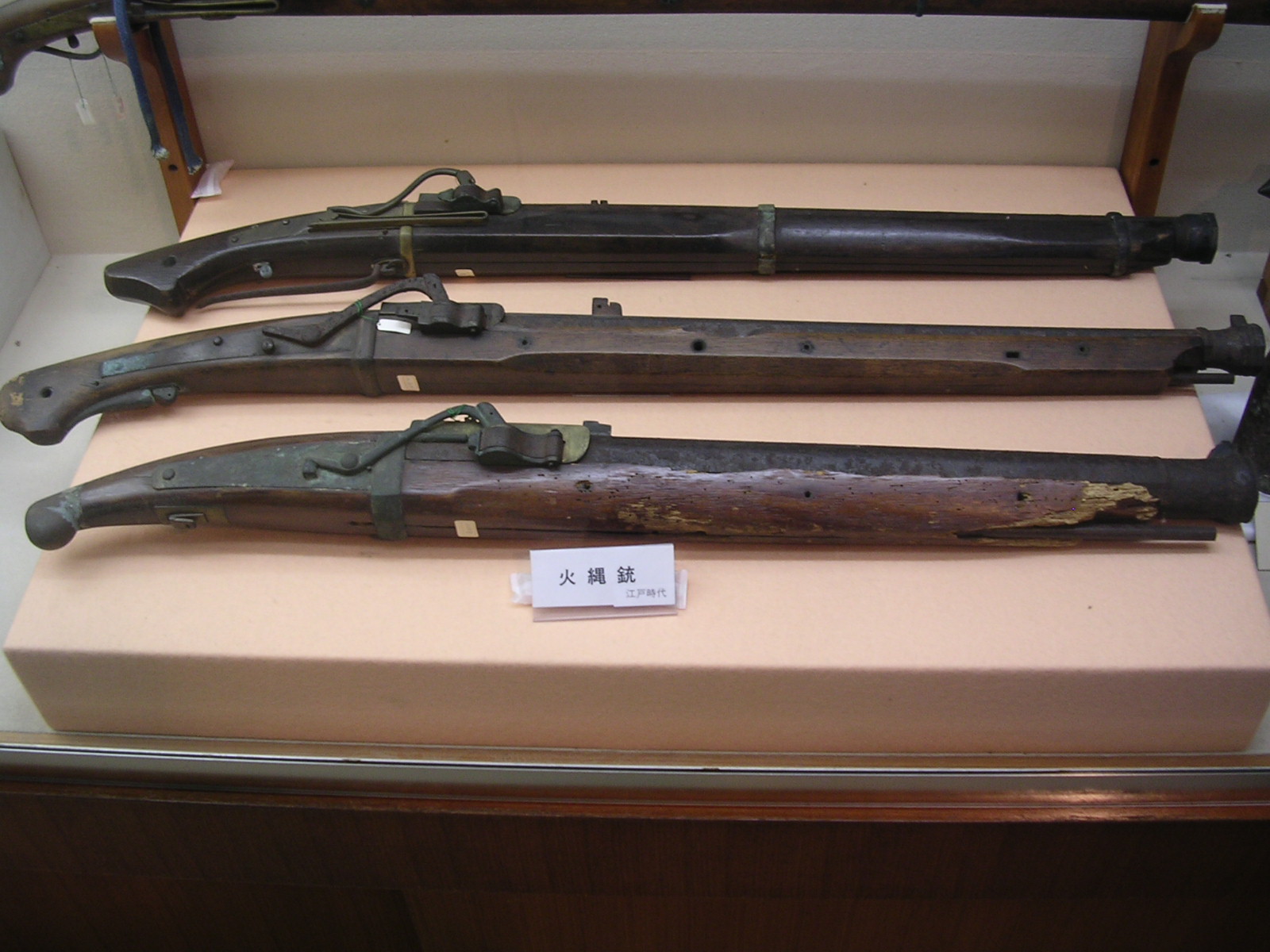
.jpg)
